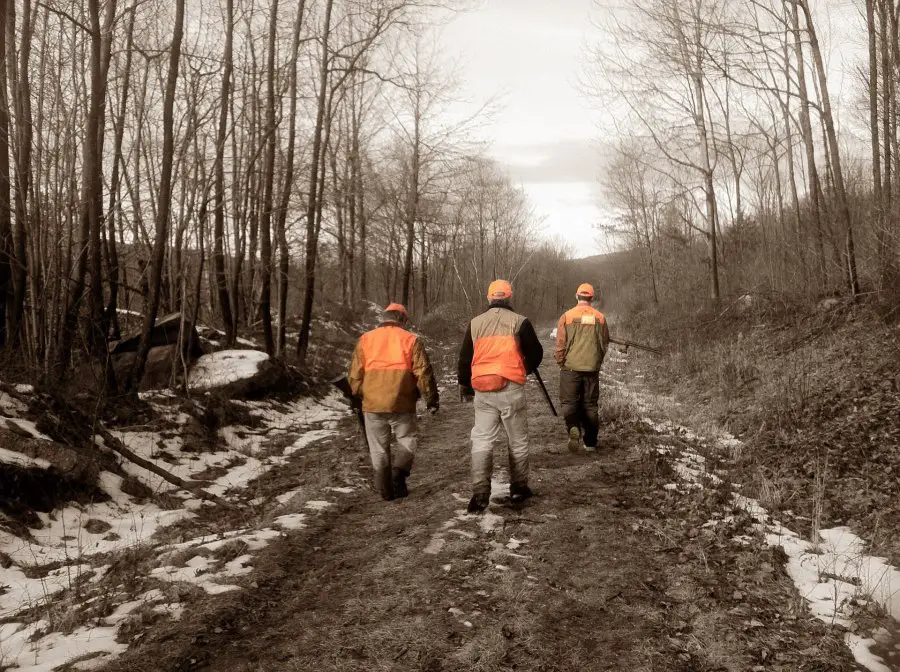Study finds correlation between solar activity and large earthquakes worldwide
Posted by Julie Celestial on (2 days ago)
Categories: Editors’ picks, Research, Seismic activity, Solar activity

A new study published in the Nature Scientific Reports on July 13 suggests that powerful eruptions on the Sun can trigger large earthquakes on Earth. In the paper, the authors analyzed 20 years of proton density and velocity data, as recorded by the SOHO satellite, and the worldwide seismicity in the corresponding period, as reported by the ISC-GEM catalogue. They found a clear correlation between proton density and the occurrence of large earthquakes (M > 5.6), with a time shift of one day.
The Sun may seem relatively docile, but it is constantly bombarding the solar system with energy and particles in the form of the solar wind.
Sometimes, eruptions on the Sun’s surface cause coronal mass ejections that hurtle through the solar system at extremely fast rates.
The new study suggests that particles from eruptions like this may be responsible for triggering groups of powerful earthquakes.
“Large earthquakes all around the world are not evenly distributed– there is some correlation among them,” said co-author Giuseppe De Natale, research director at the National Institute of Geophysics and Volcanology in Rome, Italy.
“We have tested the hypothesis that solar activity can influence the worldwide [occurrence of earthquakes].”
Scientists noted a pattern in some massive earthquakes around the planet– they tend to occur in groups, not randomly. This indicates that there may be some global phenomenon triggering these worldwide tremors.
To address this, researchers searched through 20 years of data on both earthquakes and solar activity– specifically from NASA-ESA’s Solar and Heliospheric Observatory (SOHO) satellite– seeking any probable correlations.

Image credit: NASA/SDO
SOHO, located about 1.45 million km (900 000 miles) from our planet, monitors the Sun, which helps scientists track how much solar material strikes the Earth.
By comparing the ISC-GEM Global Instrumental Earthquake Catalogue– a historical record of powerful tremors– to SOHO data, the researchers noticed more strong earthquakes happened when the number and velocities of incoming solar protons increased.
When protons from the Sun peaked, there was also a spike in earthquakes above M5.6 for the next 24 hours.
“This statistical test of the hypothesis is very significant,” said De Natale. “The probability that it’s just by chance that we observe this, is very, very low– less than 1 in 100 000.”
After noticing there was a correlation between solar proton flux and strong earthquakes, the researchers went on to propose a mechanism called the reverse piezoelectric effect.
Compressing quartz rock, something common in the Earth’s crust, can produce electrical pulse through a process called the piezoelectric effect. The researchers think that such small pulses could destabilize faults that are nearing rupture, triggering earthquakes. Signals from electromagnetic evens, such as earthquake lightning and radio waves, have been recorded occurring alongside quakes in the past.
Some scientists think these events are caused by the quakes themselves, but other studies have spotted strong electromagnetic anomalies before huge earthquakes and not after, so the exact nature of the correlation of earthquakes and electromagnetic fields is still debated.
Meanwhile, this new explanation suggests that electromagnetic anomalies are not the result of earthquakes, but cause them instead. As positively charged protons from the Sun hit the Earth’s magnetic bubble, they generate electromagnetic currents that propagate across the world. Pulses created by these currents go on to deform quartz in the crust, ultimately triggering earthquakes.
Reference
“On the correlation between solar activity and large earthquakes worldwide” – Marchitelli, V. et al. – Scientific Reports – https://doi.org/10.1038/s41598-020-67860-3 – OPEN ACCESS
Abstract
Large earthquakes occurring worldwide have long been recognized to be non Poisson distributed, so involving some large scale correlation mechanism, which could be internal or external to the Earth. Till now, no statistically significant correlation of the global seismicity with one of the possible mechanisms has been demonstrated yet. In this paper, we analyze 20 years of proton density and velocity data, as recorded by the SOHO satellite, and the worldwide seismicity in the corresponding period, as reported by the ISC-GEM catalogue. We found clear correlation between proton density and the occurrence of large earthquakes (M > 5.6), with a time shift of one day. The significance of such correlation is very high, with probability to be wrong lower than 10–5. The correlation increases with the magnitude threshold of the seismic catalogue. A tentative model explaining such a correlation is also proposed, in terms of the reverse piezoelectric effect induced by the applied electric field related to the proton density. This result opens new perspectives in seismological interpretations, as well as in earthquake forecast.
Featured image credit: NASA/SDO
from: https://watchers.news/2020/07/16/study-finds-correlation-between-solar-activity-and-large-earthquakes-worldwide/












 This eclipse puts an emphasis on Capricorn themes as it is near the South Node which has recently entered Sagittarius. This indicates changes associated with Capricorn that can have a decreasing effect in how its energies are expressed, however, negative expressions of this sign can also come up more so to bring it to our attention.
This eclipse puts an emphasis on Capricorn themes as it is near the South Node which has recently entered Sagittarius. This indicates changes associated with Capricorn that can have a decreasing effect in how its energies are expressed, however, negative expressions of this sign can also come up more so to bring it to our attention. The square to Mars can play out as conflicts, competitiveness, and intensity. We have already been seeing this on a collective level as the eclipse a month prior was also in a square with Mars. In the following 5-6 month window of this current eclipse season, Mars will be going retrograde which reinforces the energy of these Mars flavoured eclipses.
The square to Mars can play out as conflicts, competitiveness, and intensity. We have already been seeing this on a collective level as the eclipse a month prior was also in a square with Mars. In the following 5-6 month window of this current eclipse season, Mars will be going retrograde which reinforces the energy of these Mars flavoured eclipses.



